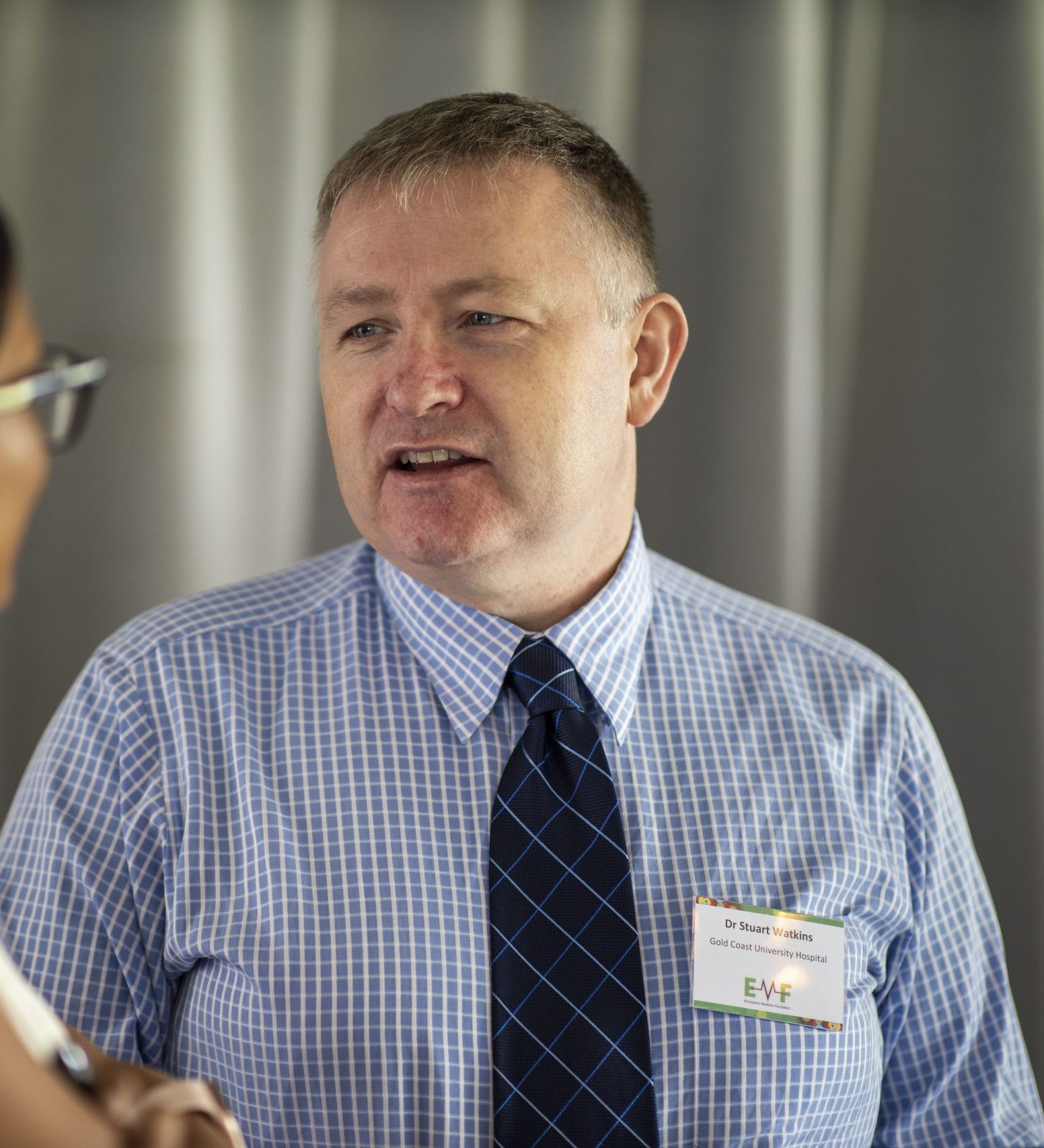A low‐cost ultrasound model for simulation of paediatric distal forearm fractures.
Snelling, P.J., 2018. A low‐cost ultrasound model for simulation of paediatric distal forearm fractures. Australasian Journal of Ultrasound in Medicine, 21(2), pp.70-74.







